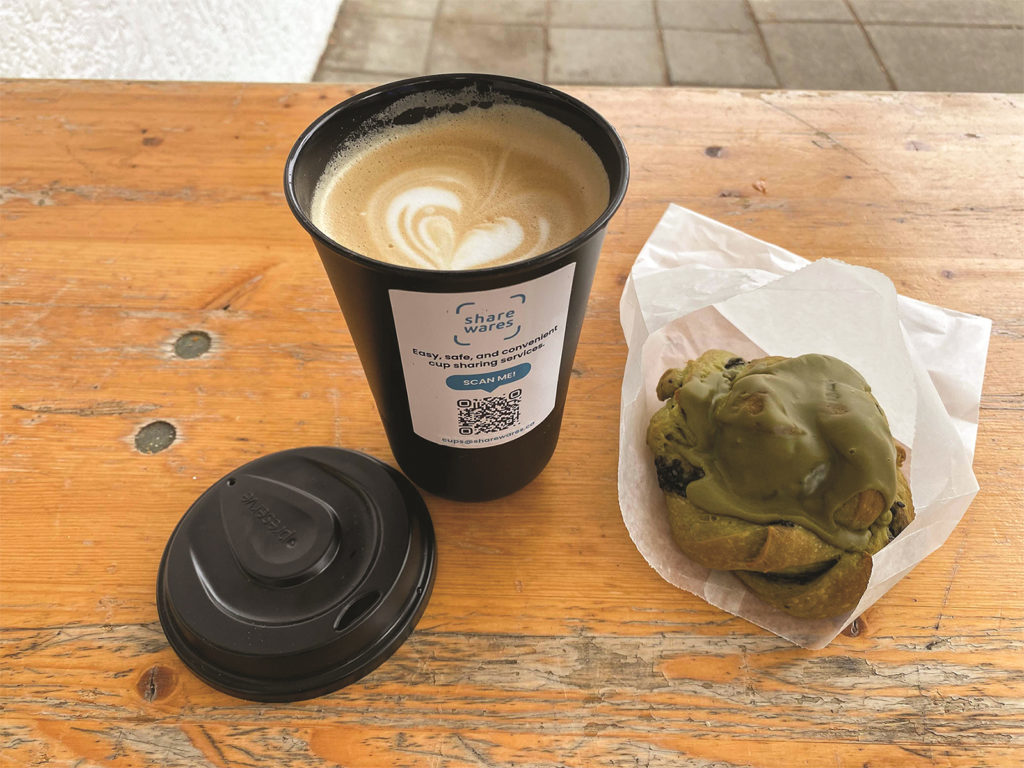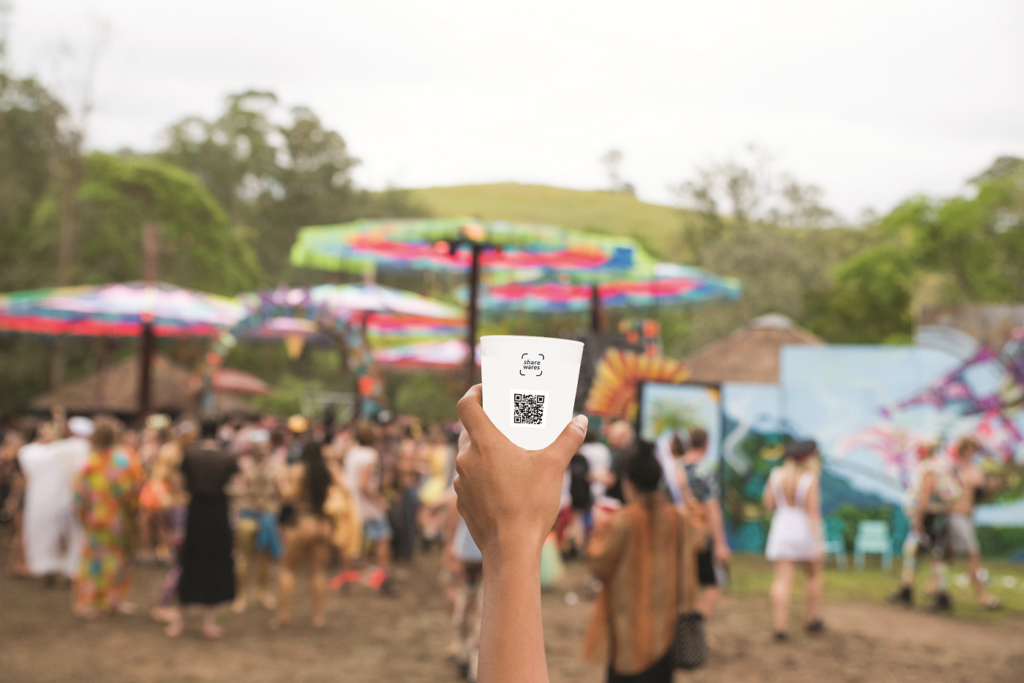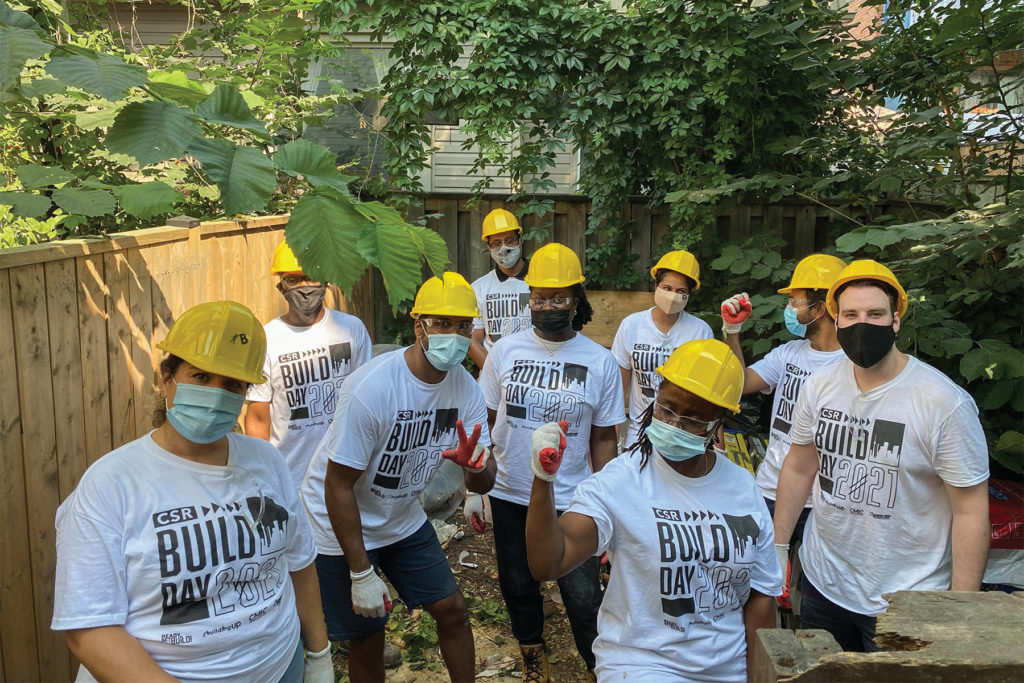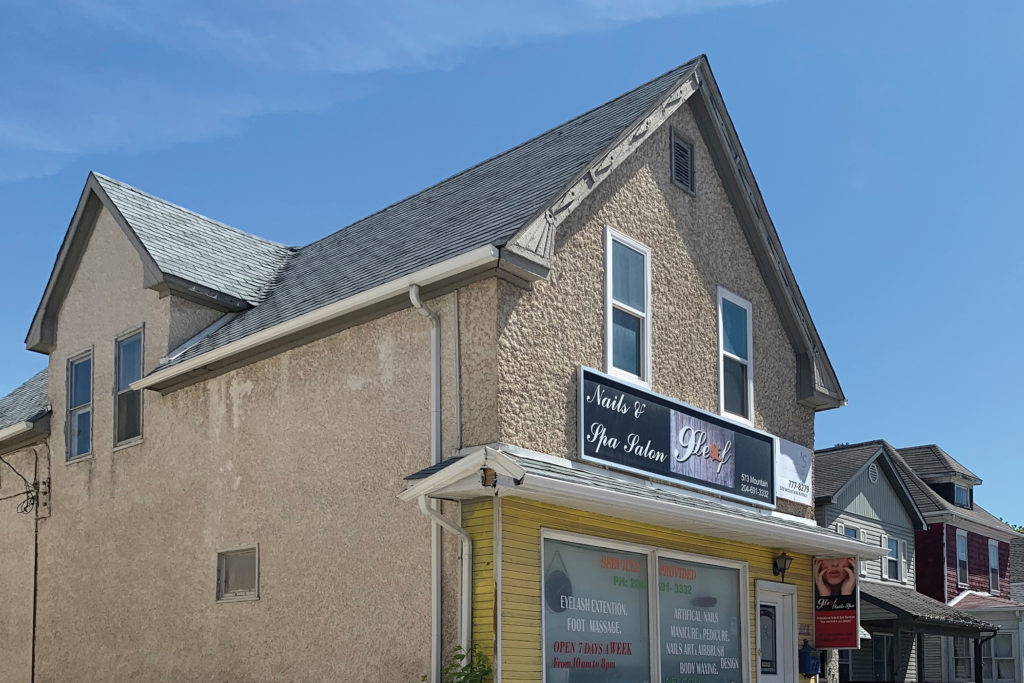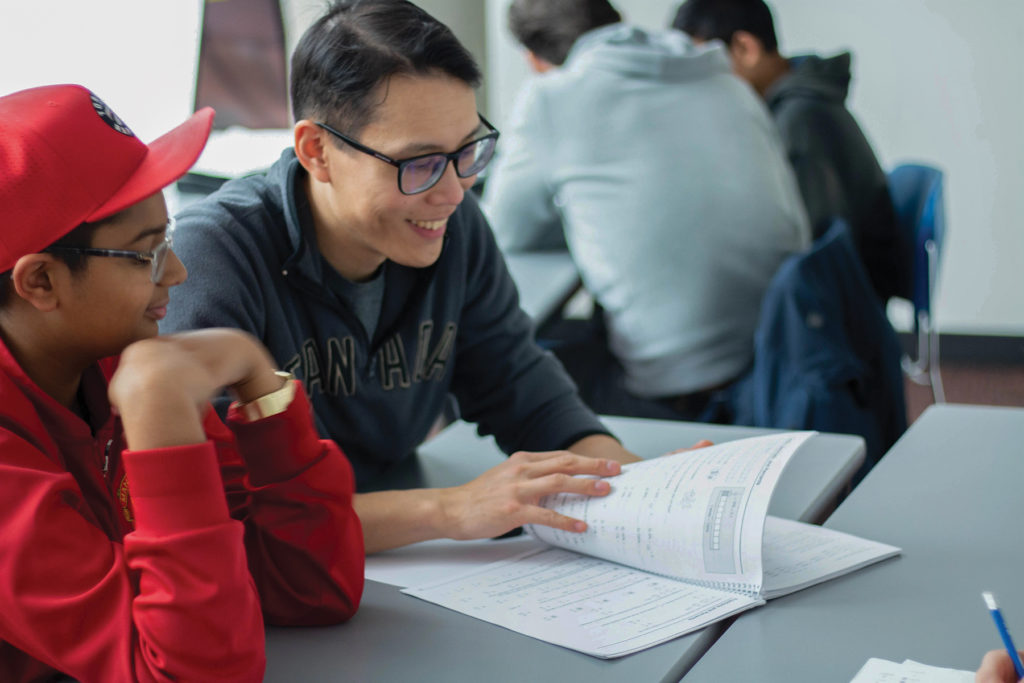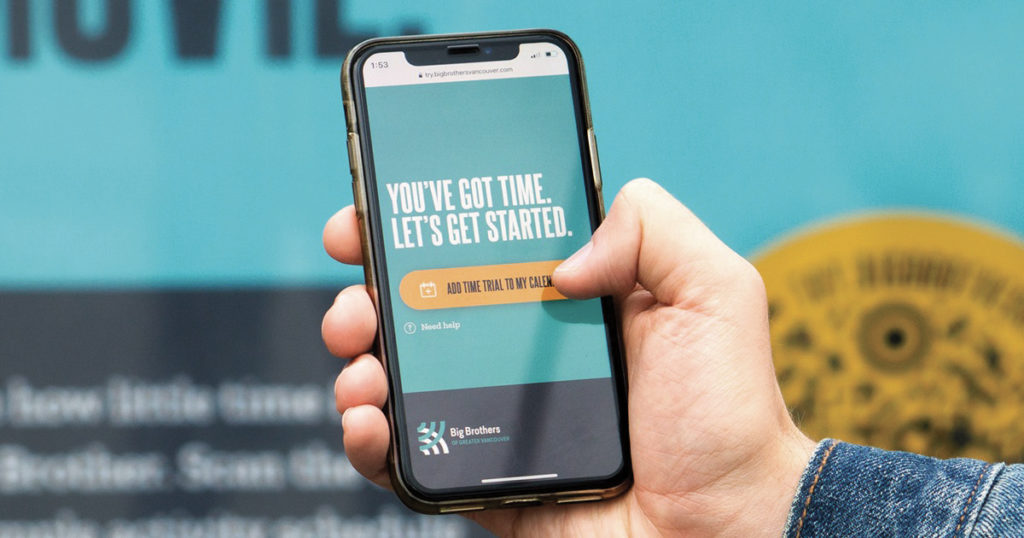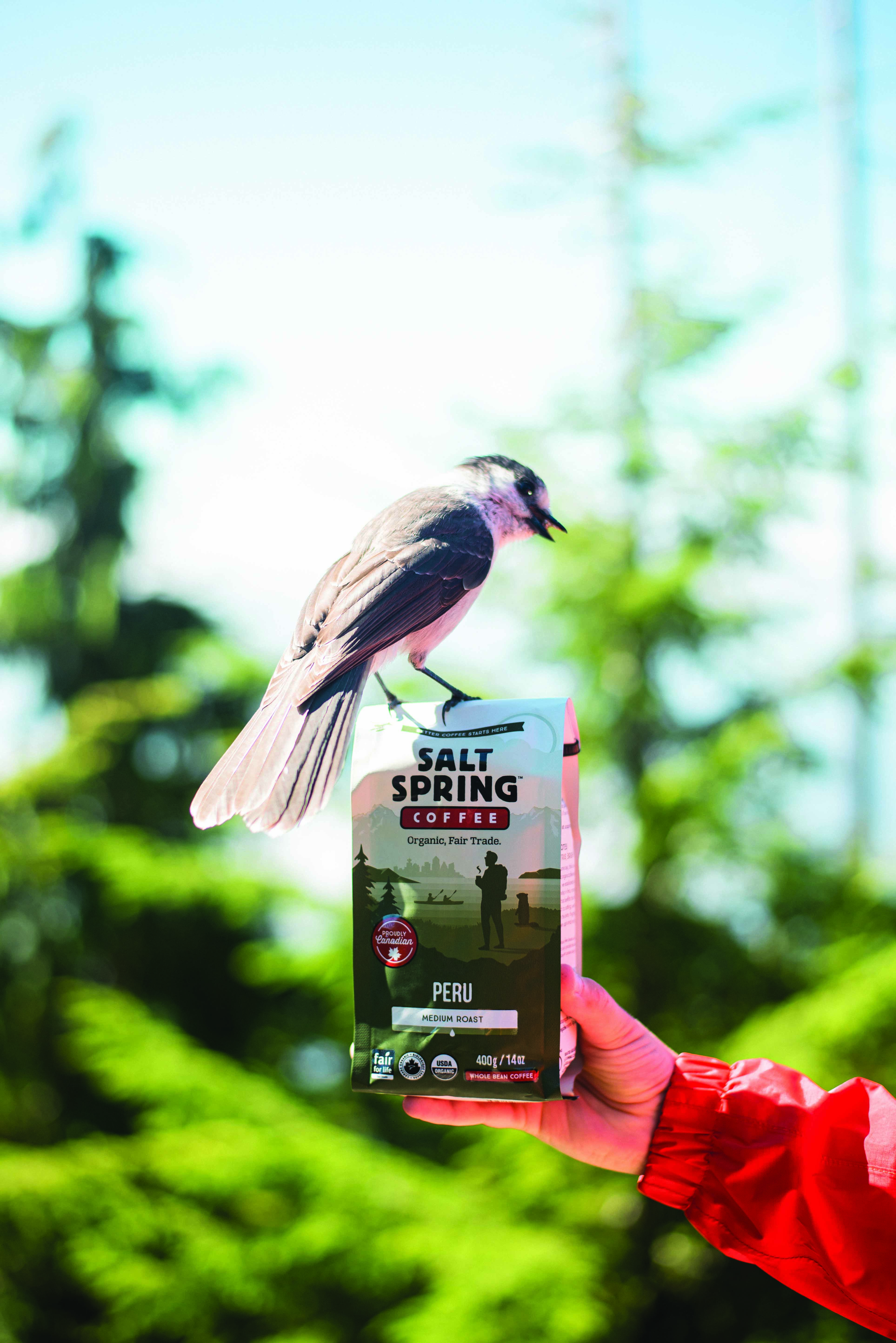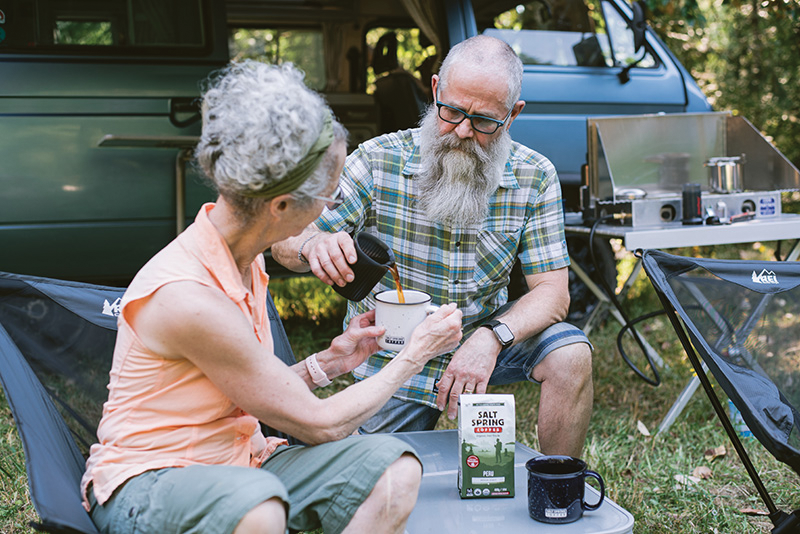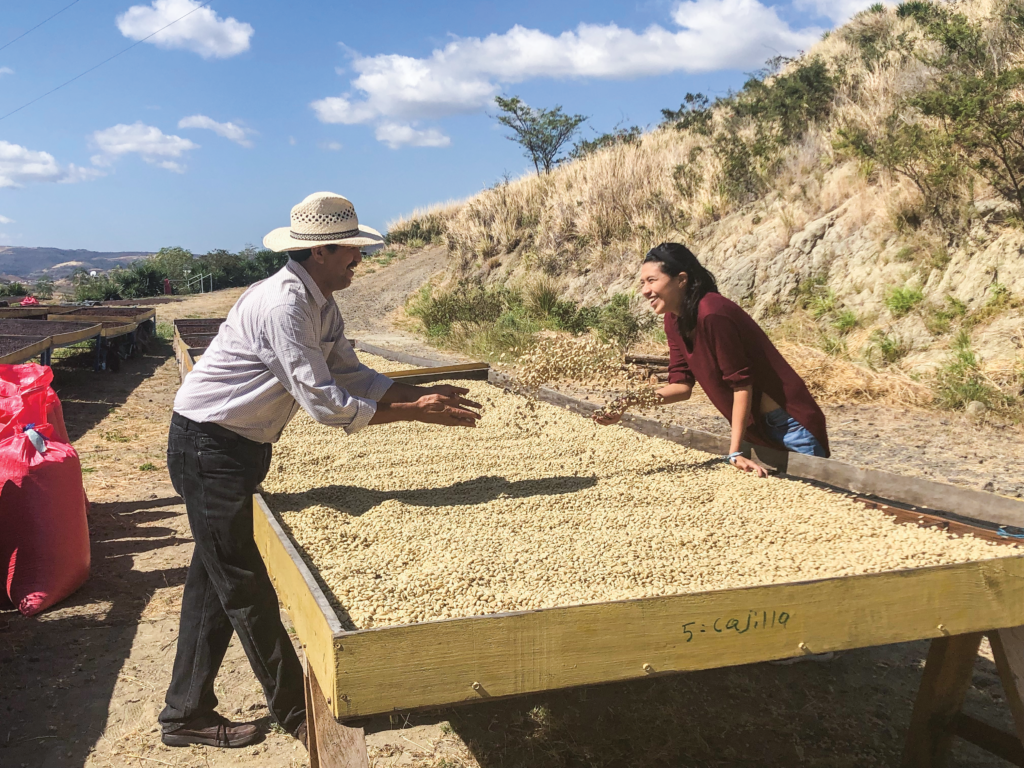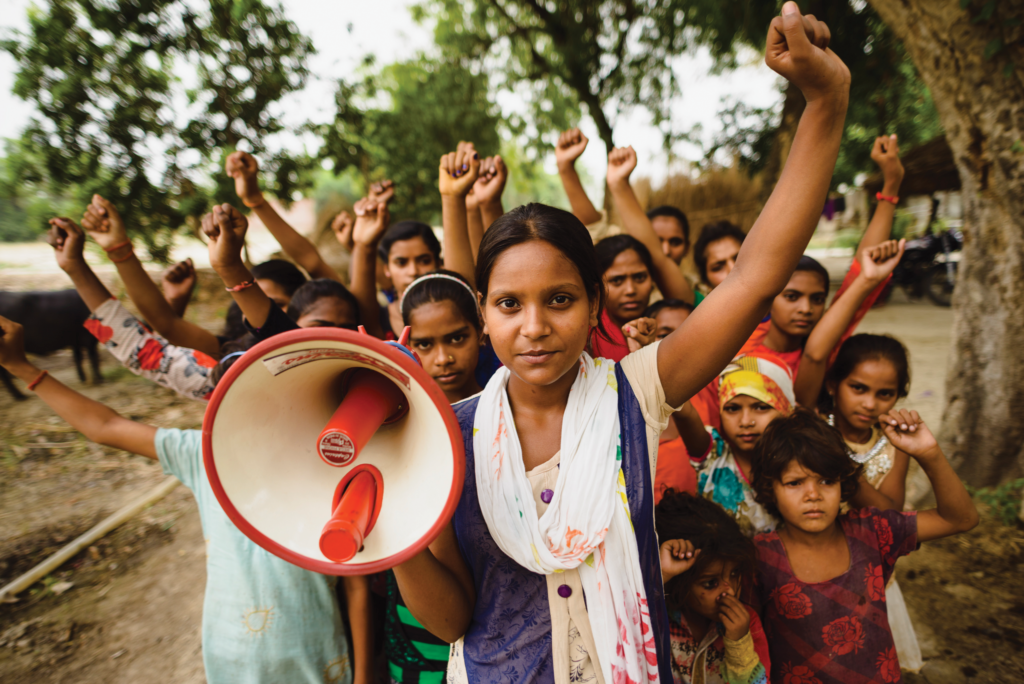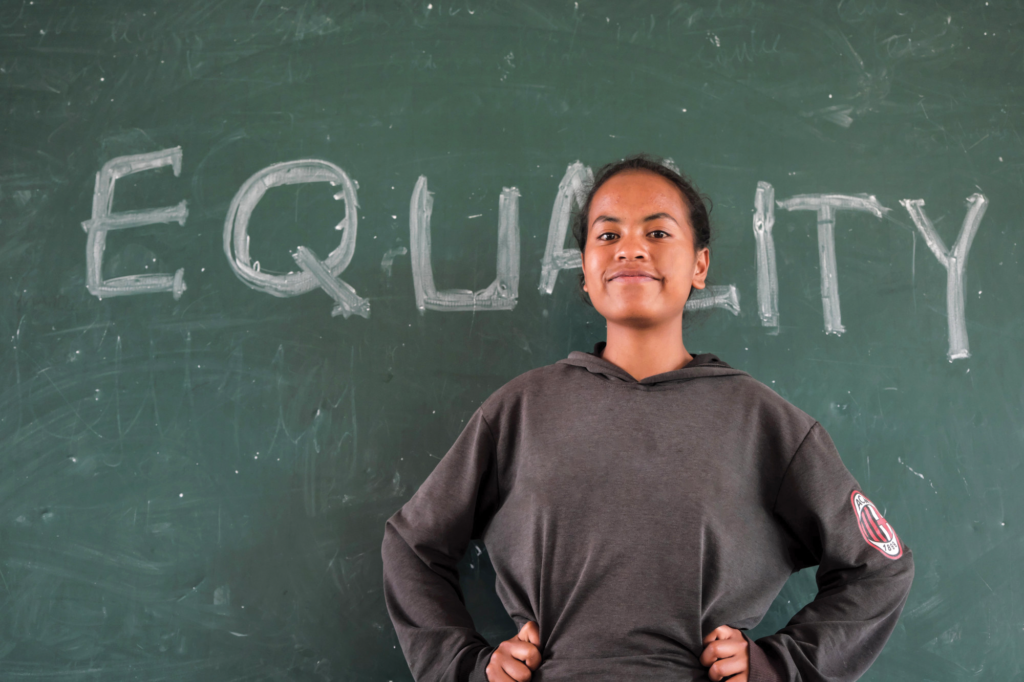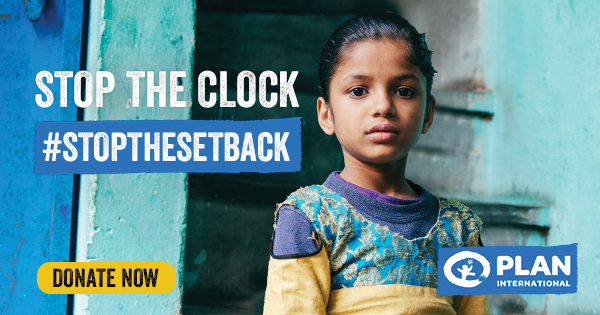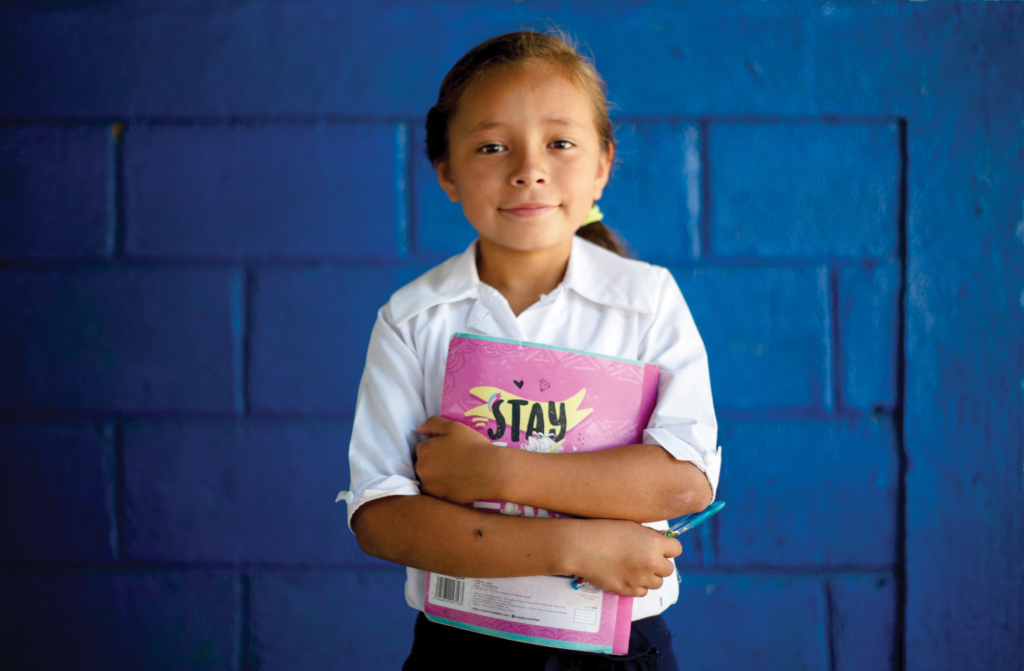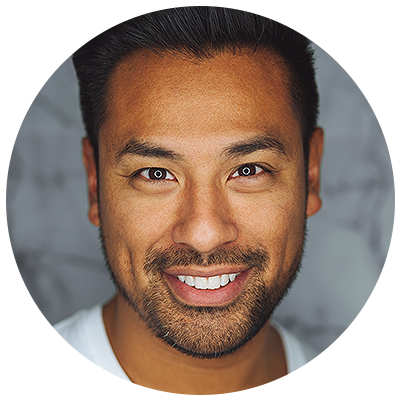A strong community is a foundational aspect of our society, and having access to communal spaces can greatly improve our quality of life. But for LGBTQ2SAI+ people, these spaces can mean survival.
QMUNITY is passionate about being the safe, welcoming community that many queer, trans, and Two-Spirit people in British Columbia never had. We chatted with Visual Communications Designer Tamara Touma about QMUNITY’s mission, and goals.
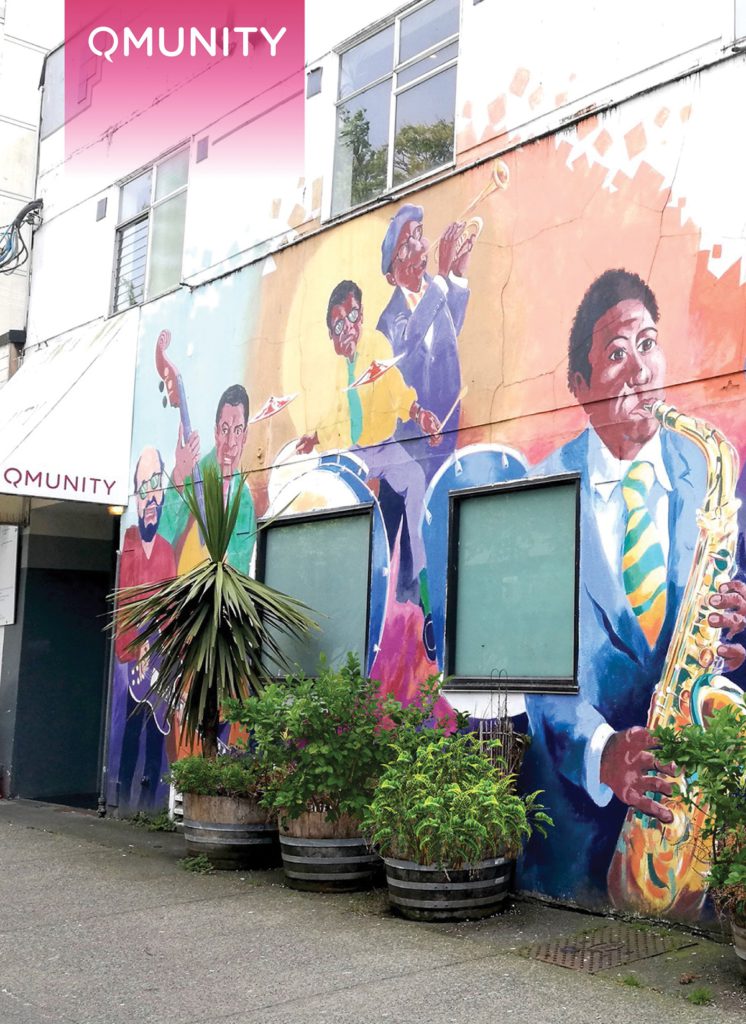
Tell us about QMUNITY’s mission.
Our mission and mandate is to improve queer, trans, and Two-Spirit lives through services, connection, leadership, and engagement.
What inspired your founders to start QMUNITY?
Like many other communities, the need for services and a safe space for LGBTQ2SAI+ people was at the core of the then lesbian, gay, and trans community coming together and creating this space. QMUNITY was founded in 1979 and we celebrated our 40th anniversary just before the COVID-19 pandemic.
What were some of the challenges you encountered?
Having to go through the global COVID-19 pandemic for over one and a half years was a big challenge. Our organization had to adjust quickly to the new ways of running our programs and services to provide the support our community needs.
Our staff were put under a lot of pressure to act fast and cater to growing needs, especially from the most vulnerable populations of youth and seniors. In only a few months, we managed to be running completely online.
An important takeaway was to understand the need for online services by LGBTQ2SAI+ community members, many of whom cannot access our physical space.
What do you consider QMUNITY’s biggest success?
Our most recent success would be our new co-leadership model that was implemented earlier this year. QMUNITY adopted a shared leadership model and appointed new Co-Executive Directors in April 2021, which marked a new phase in the organization’s growth and evolution. It also set an example for other nonprofits to take similar steps. This adoption came after months of conversations and preparations.
What makes your organization unique?
QMUNITY is the only provincial LGBTQ2SAI+-specific resource and community centre in British Columbia. We are a 100% safe space and welcome everyone to come as they are, whatever that may mean to them.
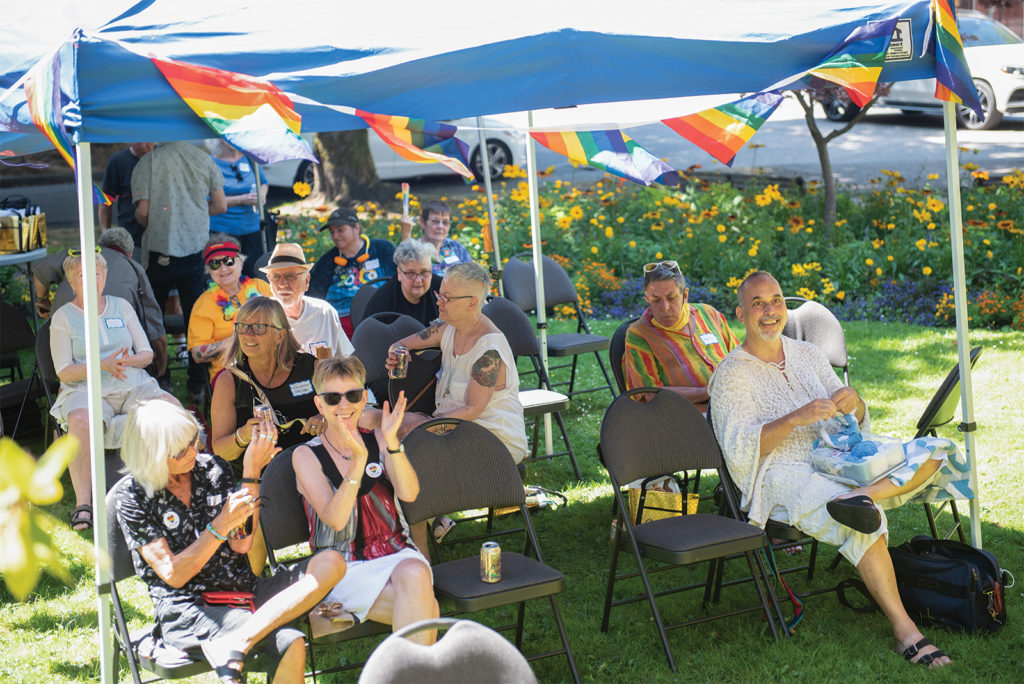
How do you feel QMUNITY makes the world better?
Through education and advocacy, we work to improve the experiences of those within the LGBTQ2SAI+ community, be it by queer competency trainings and larger involvement at a more political level, group and one-on-one support for youth and older adults, or mental health and wellness programs. We are helping individuals through day-to-day life.
Tell us about your organization’s goals.
Our goals can be summarized into three points:
- Support: We empower queer, trans, and Two-Spirit individuals to be their best selves by providing free and low-cost counselling, youth and older adults groups, one-on-one support, and information and referrals.
- Connection: We strengthen our LGBTQ2SAI+ communities to be inclusive, connected, and resilient through peer support groups, volunteer opportunities, and special events.
- Leadership: We lead the way towards legal and lived equality in our society through our education and training services, resources, and advisory committees.
Are there any upcoming initiatives or projects you’d like to share?
After a long closure of our offices, we are happy to share that our offices are fully open Monday to Friday from 10 am to 6 pm. Our Q Desk for information and referrals is staffed with volunteers who are more than happy to help. (Please check the QMUNITY website for the latest information on hours of operation.)
Our Older Adults program has launched multiple new programs, such as Zoom Socials, WalkOUT, and GenYOGA. All details can be found at www.qmunity.ca/olderadults.
Our Bras, Binders, and Breast Forms (BBB) exchange program for youth is constantly growing with the increased need for youth support. We are always happy to receive physical donations for the program. More details can be found at https://qmunity.ca/get-support/youth/bbbexchange/
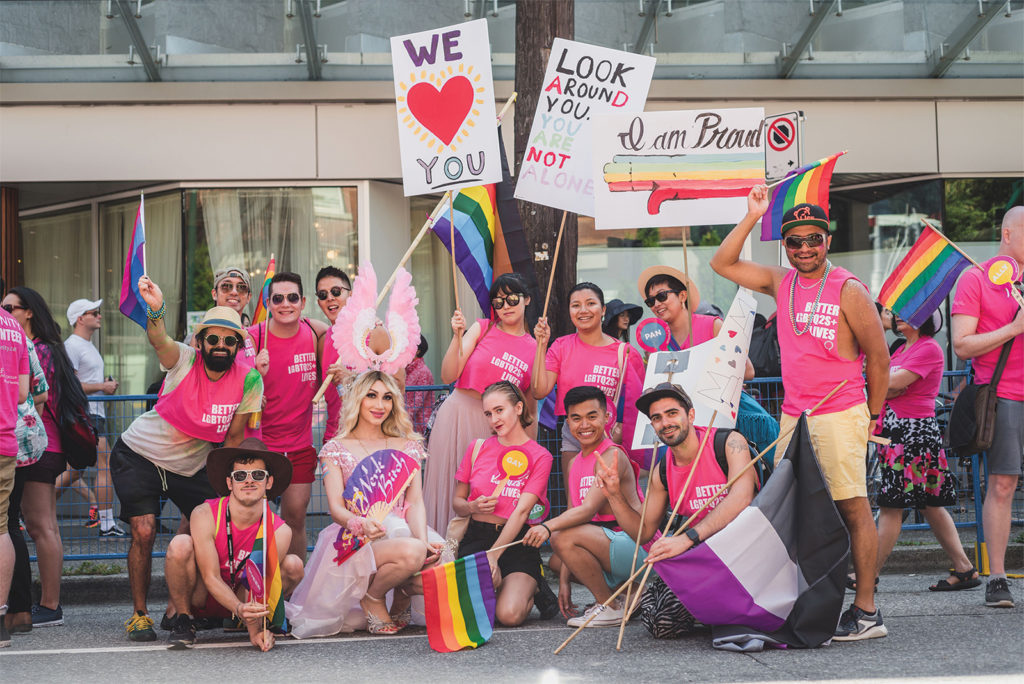
What do you most want people to know about QMUNITY?
The staff and volunteers at QMUNITY all have unique lived experiences that we bring to our work and that is why we are able to do what we do.
We have passion for our jobs and passion for creating community because a lot of us have needed what we offer at some point in our lives. We want to be able to share our triumphs as well as the hardships that are a reality for our LGBTQ2SAI+ communities.
How can people help or contribute to QMUNITY’s mission?
There are many ways for the community to engage with us and support our mission. We believe that education is key and an ongoing process. Read our resources, ask us for recommendations, or have conversations with others and share the knowledge.
Another way is to volunteer. We are always looking for new volunteers to support our Q Desk, our programs, or at one of our events.
Donations of any amount go a long way. As a registered charity, we count on the support of the public, and we are happy to accept individual donations or new monthly donors.
Tell people about us and share our information with the most vulnerable in our community, especially the youth. Find us at www.qmunity.ca and follow us on Facebook and Instagram at @qmunity.
This story was featured in the Make The World Better magazine:
Keep reading about purpose-driven initiatives:
- Big Brothers of Greater Vancouver: Mentorship that Empowers
- Heal Mary: A Better Way to Connect with Clinical Trials
- Plan International Canada: Advancing Children’s Rights
- Raising the Roof: Building Lasting Solutions to Homelessness
- Salt Spring Coffee: Brewing Good in Every Cup
- ShareWares: Taking the Single-Use Out of Take-Out

